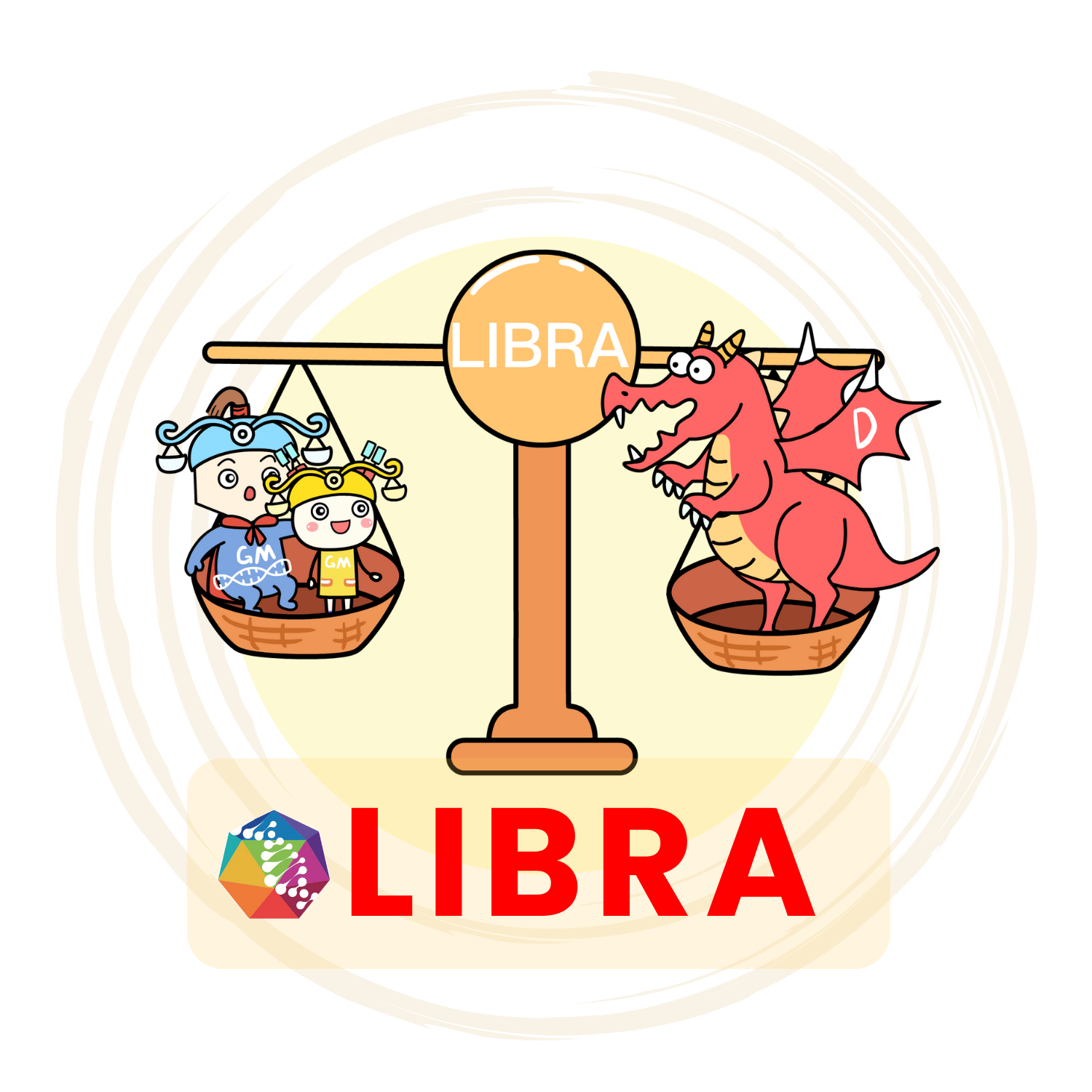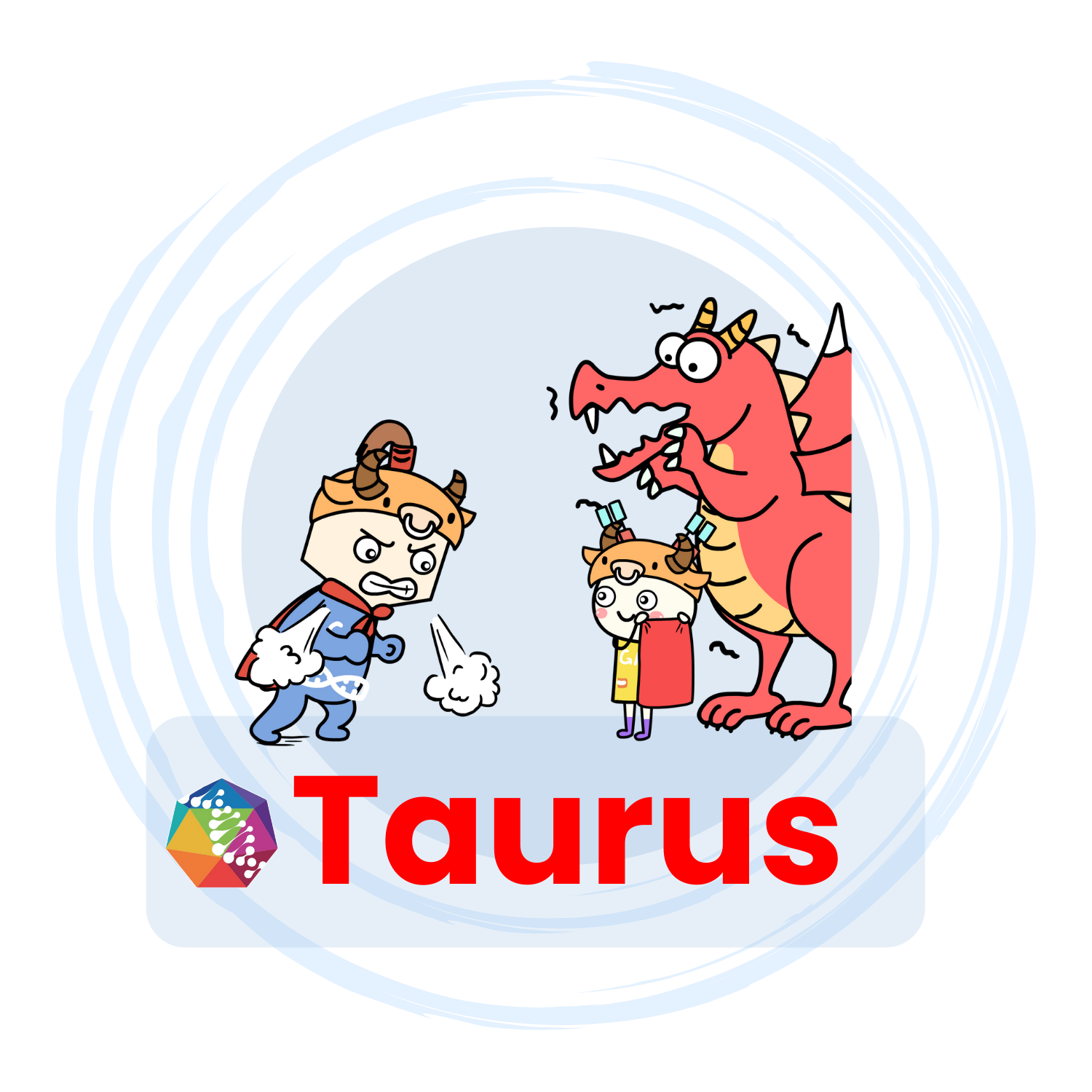Recombinant multi-species CCL15 protein for cell curture, in vitro study, in vivo study, benchmark, drug discovery & MOA research and positive control for the diagnosis
Genemedi produces recombinant Human, Cynomolgus/ Rhesus macaque, Rat, Mouse, Feline, Canine, Bovine, Equine CCL15 protein for cell curture, in vitro study, in vivo study, benchmark, drug discovery & MOA research and positive control for the diagnosis.
This gene is located in a cluster of similar genes in the same region of chromosome 17. These genes encode CC cytokines, which are secreted proteins characterized by two adjacent cysteines. The product of this gene is chemotactic for T cells and monocytes, and acts through C-C chemokine receptor type 1 (CCR1). The proprotein is further processed into numerous smaller functional peptides. Naturally-occurring readthrough transcripts occur from this gene into the downstream gene, CCL14 (chemokine (C-C motif) ligand 14). [provided by RefSeq, Jan 2013]
The Alternative Names of target: CCL15,C-C motif chemokine 15,Chemokine CC-2 (HCC-2), Leukotactin-1 (LKN-1), MIP-1 delta, Macrophage inflammatory protein 5 (MIP-5), Mrp-2b, NCC-3, Small-inducible cytokine A15,LKN1,NCC3,SY15,HCC-2,LKN-1,MIP-5,NCC-3,SCYL3,MIP-1D,MRP-2B,SCYA15,HMRP-2B,MIP-1 delta
 Go
to CCL15 products collection
>>
Go
to CCL15 products collection
>>
(antibodies,
antigen, VLP, mRNA, ORF viral vector, etc)
Product information
| Catalog No. | Product Name | Species Reactivity |
|---|---|---|
| GM-Tg-hg-SE0069-Ab-1/ GM-Tg-hg-SE0069-Ab-2 | Human CCL15 protein | Human |
| GM-Tg-rg-SE0069-Ab-1/ GM-Tg-rg-SE0069-Ab-2 | Rat CCL15 protein | Rat |
| GM-Tg-mg-SE0069-Ab-1/ GM-Tg-mg-SE0069-Ab-2 | Mouse CCL15 protein | Mouse |
| GM-Tg-cynog-SE0069-Ab-1/ GM-Tg-cynog-SE0069-Ab-2 | Cynomolgus/Rhesus macaque CCL15 monoclonal antibody | Cynomolgus/ Rhesus macaque |
| GM-Tg-felg-SE0069-Ab-1/ GM-Tg-felg-SE0069-Ab-2 | Feline CCL15 protein | Feline |
| GM-Tg-cang-SE0069-Ab-1/ GM-Tg-cang-SE0069-Ab-2 | Canine CCL15 protein | Canine |
| GM-Tg-bovg-SE0069-Ab-1/ GM-Tg-bovg-SE0069-Ab-2 | Bovine CCL15 protein | Bovine |
| GM-Tg-equg-SE0069-Ab-1/ GM-Tg-equg-SE0069-Ab-2 | Equine CCL15 protein | Equine |
Size: 1mg | 10mg | 100mg
Product Description
| Catalog No. |
GM-Tg-hg-SE0069-Ab-1/ GM-Tg-hg-SE0069-Ab-2;
GM-Tg-rg-SE0069-Ab-1/ GM-Tg-rg-SE0069-Ab-2;
GM-Tg-mg-SE0069-Ab-1/ GM-Tg-mg-SE0069-Ab-2; GM-Tg-cynog-SE0069-Ab-1/ GM-Tg-cynog-SE0069-Ab-2; GM-Tg-felg-SE0069-Ab-1/ GM-Tg-felg-SE0069-Ab-2; GM-Tg-cang-SE0069-Ab-1/ GM-Tg-cang-SE0069-Ab-2; GM-Tg-bovg-SE0069-Ab-1/ GM-Tg-bovg-SE0069-Ab-2; GM-Tg-equg-SE0069-Ab-1/ GM-Tg-equg-SE0069-Ab-2 |
| Products Name | CCL15 protein |
| Species | Human, Cynomolgus/ Rhesus macaque, rat, mouse, Feline, Canine, Bovine, Equine |
| Target Name | CCL15 |
| Protein Sub-location | Secreted Protein/Potential Cytokines |
| Isotypes | Recombinant protein |
| Expression platform | Mammalian cell |
| Bioactivity validation | Affintiy&bioactivity validated by ELISA, cell culture validated. |
| Tag | His |
| Products description | Recombinant Human, Cynomolgus/ Rhesus macaque, Rat, Mouse, Feline, Canine, Bovine, Equine CCL15 protein was expressed in mammalian cell expression system and is expressed with 6 HIS tag at the C-terminus for cell culture, ELISA or other affinity binding assay or functional assay development, animal model development, PK/PD model development (Pharmacokinetics & Pharmacodynamic). |
| Purity | Purity: ≥95% (SDS-PAGE) |
| Application | In vitro study, in vivo study, benchmark, positive control for the diagnosis. Biological drug disovery including cell culture, assay development, animal model development, PK/PD model development (Pharmacokinetics & Pharmacodynamic) and mechanism of action (MOA) research. |
| Formulation & Reconstitution |
Lyophilized from GM's Protein Stability Buffer2
(PSB2,Confidential Ingredients) or PBS
(pH7.4); For PSB2, reconstituted with 0.9% sodium chloride; For PBS, reconstituted with ddH2O. |
| Storage | Store at -20℃ to -80℃ under sterile conditions. Avoid repeated freeze-thaw cycles. |
Reference
About Gmab


GMab, developed by GeneMedi, constitutes an
advanced library of recombinant
monoclonal antibodies, each meticulously
designed to target specific molecular
entities. Leveraging the sophisticated
capabilities of GM’s Taurus™ and LIBRA™
platforms, GMab synthesizes antibodies
characterized by high binding affinity,
exceptional physicochemical stability, and
optimal developability profiles.
Through
expression in mammalian cell lines, GMab has
been established as a paradigmatic
reference antibody. It holds significance in
myriad domains of biological drug
discovery, encompassing cellular cultivation,
innovative assay methodologies,
strategic animal model systematization, in-depth
pharmacokinetic & pharmacodynamic
(PK/PD) modeling, and intricate mechanism of
action (MOA) investigations.


